Getting started
Contributing
User Guide
Folder Architecture

A detailed look into our server folder architecture
The backend directory structure is as follows:
server
└───ability
└───constants
└───core
└───database
└───decorators
└───filters
└───guards
└───health
└───integrations
└───metadata
└───workspace
└───utils
Ability
Defines permissions and includes handlers for each entity.
Decorators
Defines custom decorators in NestJS for added functionality.
See custom decorators for more details.
Filters
Includes exception filters to handle exceptions that might occur in GraphQL endpoints.
Guards
See guards for more details.
Health
Includes a publicly available REST API (healthz) that returns a JSON to confirm whether the database is working as expected.
Metadata
Defines custom objects and makes available a GraphQL API (graphql/metadata).
Workspace
Generates and serves custom GraphQL schema based on the metadata.
Workspace Directory Structure
workspace
└───workspace-schema-builder
└───factories
└───graphql-types
└───database
└───interfaces
└───object-definitions
└───services
└───storage
└───utils
└───workspace-resolver-builder
└───factories
└───interfaces
└───workspace-query-builder
└───factories
└───interfaces
└───workspace-query-runner
└───interfaces
└───utils
└───workspace-datasource
└───workspace-manager
└───workspace-migration-runner
└───utils
└───workspace.module.ts
└───workspace.factory.spec.ts
└───workspace.factory.ts
The root of the workspace directory includes the workspace.factory.ts, a file containing the createGraphQLSchema function. This function generates workspace-specific schema by using the metadata to tailor a schema for individual workspaces. By separating the schema and resolver construction, we use the makeExecutableSchema function, which combines these discrete elements.
This strategy is not just about organization, but also helps with optimization, such as caching generated type definitions to enhance performance and scalability.
Workspace Schema builder
Generates the GraphQL schema, and includes:
Factories:
Specialised constructors to generate GraphQL-related constructs.
- The type.factory translates field metadata into GraphQL types using
TypeMapperService. - The type-definition.factory creates GraphQL input or output objects derived from
objectMetadata.
GraphQL Types
Includes enumerations, inputs, objects, and scalars, and serves as the building blocks for the schema construction.
Interfaces and Object Definitions
Contains the blueprints for GraphQL entities, and includes both predefined and custom types like MONEY or URL.
Services
Contains the service responsible for associating FieldMetadataType with its appropriate GraphQL scalar or query modifiers.
Storage
Includes the TypeDefinitionsStorage class that contains reusable type definitions, preventing duplication of GraphQL types.
Workspace Resolver Builder
Creates resolver functions for querying and mutating the GraphQL schema.
Each factory in this directory is responsible for producing a distinct resolver type, such as the FindManyResolverFactory, designed for adaptable application across various tables.
Workspace Query Runner
Runs the generated queries on the database and parses the result.
Noticed something to change?
As an open-source company, we welcome contributions through Github. Help us keep it up-to-date, accurate, and easy to understand by getting involved and sharing your ideas!
